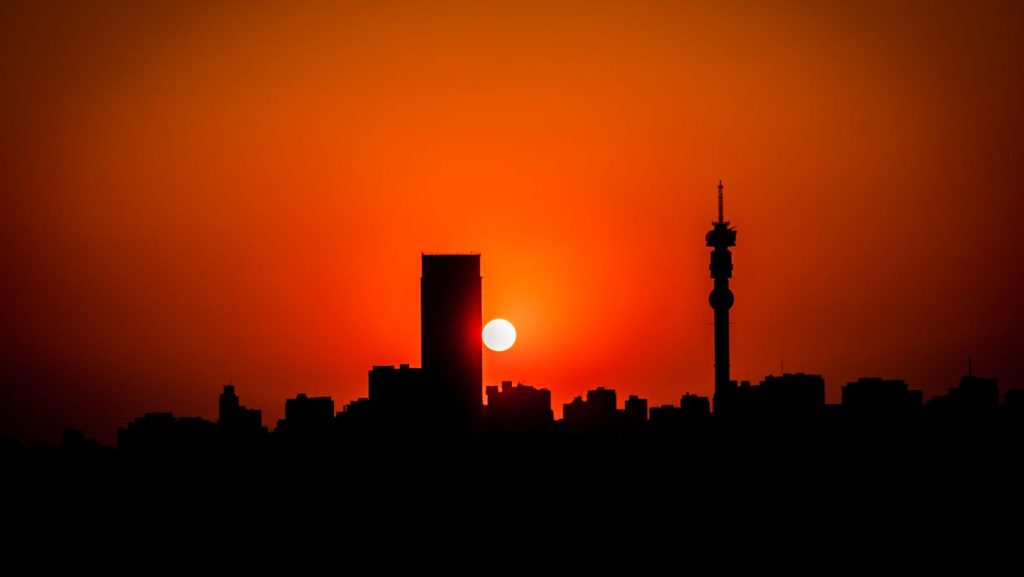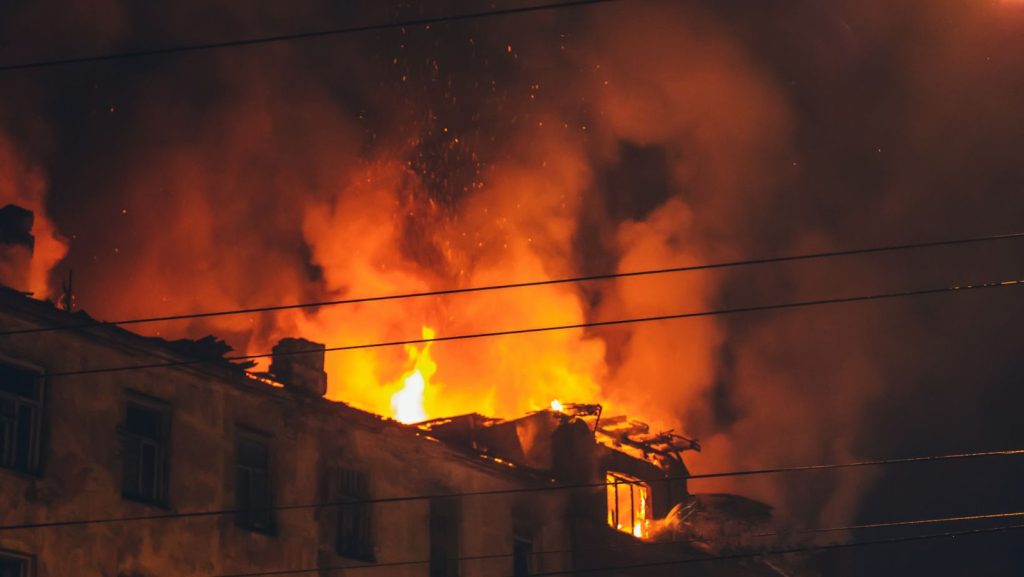Buildings need to be designed to offer an acceptable level of fire safety and minimize risks from heat and smoke. In South Africa, last week fire killed at least 77 people including 12 children in a five-storey building in Johannesburg on 31 August and this has been labelled as one of the deadliest fires in South Africa’s history.
A local government official says initial evidence suggests it may have started with a candle. Around 600 people were estimated to be living in the building, although officials couldn’t say how many were present when the fire started. People who were desperate to escape the fire either threw their children out of windows or jumped themselves, since the building did not have proper escape routes.
Family members of the 62 unidentifiable victims of a Johannesburg inner city building fire have been asked to supply DNA samples in a bid to identify the remains. According to the Gauteng Department of Health, police have taken DNA samples from 62 unidentifiable bodies, and 13 antemortem swabs have been taken from family members.
Only 12 bodies are identifiable, and so far, 10 families have claimed their relatives. Seven of these bodies have been released to the families. The fire had resulted in 88 people being treated at various health facilities, said Modiba. Of those, only 31 remained in hospital receiving medical care.
The building had been abandoned by its owner and taken over by a criminal group in order to be leased out illegally. Since the end of apartheid in 1994, the housing crisis in Johannesburg has worsened as big businesses have moved from the inner city to wealthy suburbs. In the 1990s and 2000s, criminal syndicates began to “hijack” buildings that were left empty and rented them out illegally. Those blocks quickly became dilapidated centers of drug crime and other illegal activities.
In this building, people lived in squalid conditions and even squatted in the below-ground parking garage, according to the Associated Press. Many of the people who lived in the now-destroyed building were not South African citizens and may have been in the country illegally. That could make identifying victims and notifying their families challenging if not impossible.
In Johannesburg, fires are not limited to “hijacked” buildings. They have also occurred in legally occupied buildings. Furthermore, fires are not a specific risk to inner city populations. They are a regular occurrence in shack settlements across the city. This tragedy is used by some politicians to argue in favor of removing hijacked buildings as part of a longstanding pattern of blaming the poor for the conditions and justifying further suffering that they wish to heap on them.
Head of the Human Settlements department for Johannesburg’s Gauteng province Lebogang Isaac Maile, says some of the people who died after last week’s fire may have been renting under such a scheme.
“There are cartels who prey on vulnerable people because some of these buildings, if not most of them, are actually in the hands of those cartels who collect rentals from the people,” he said.
City Mayor Kabelo Gwamanda says the municipality had leased the building to a charity for displaced women but it had “ended up serving a different purpose”.
Authorities estimated more than “80 shacks” were set up inside.
Johannesburg remains one of the world’s most unequal cities with widespread poverty, joblessness, and a housing crisis. It has about 15000 homeless people, according to the Gauteng government.
Many dilapidated buildings in the inner city are occupied by people who earn less than 3,500 rand ($287) a month. Such buildings are prone to “hijacking” because they are poorly managed and have little access to amenities such as running water and electricity.
In 2018, emergency services were unable to contain a fire at the Bank of Lisbon Building in downtown Johannesburg because there was insufficient water pressure in the building and no fire suppression systems had been installed. Three firefighters died, and the building itself was subsequently demolished. The building had not been illegally occupied; it was rented by the Gauteng provincial government, which was aware that the building was non-compliant in advance of the incident. Three years later, emergency services were hampered in their efforts to contain the fire at a public hospital and as these cases show, eradicating “hijacked” buildings would not have solved failures to comply with fire regulations in legally occupied buildings in the city.
Household fires are common in Johannesburg, especially in poor areas. One of the poorest townships, Alexandra, has seen hundreds of homes razed in several fires over the past five years.
South Africa is Africa’s most industrialised economy yet has one of the world’s highest unemployment rates — officially about 33 percent, though it is likely higher. The country also suffers from an affordable housing crisis, exacerbated by conflict and poverty in other African nations which have pushed hundreds of thousands of migrants to the country since the end of apartheid.
In the wake of the fire, many South Africans on social media condemned the online xenophobic attacks that some have made against the victims and survivors of the fire.
On the other note, recently in Zimbabwe, hundreds of informal traders at Glen View 8 home industry complex have been left stranded after their wares worth millions of dollars were severely destroyed by fire. Some of the things destroyed include kitchen cupboards, tables, wardrobes, lounge suites and compressors amongst others. Traders were giving different explanations ranging from an electrical fault to suspected foul play.
It is estimated that more than 1 500 people are directly or indirectly employed at the complex.




